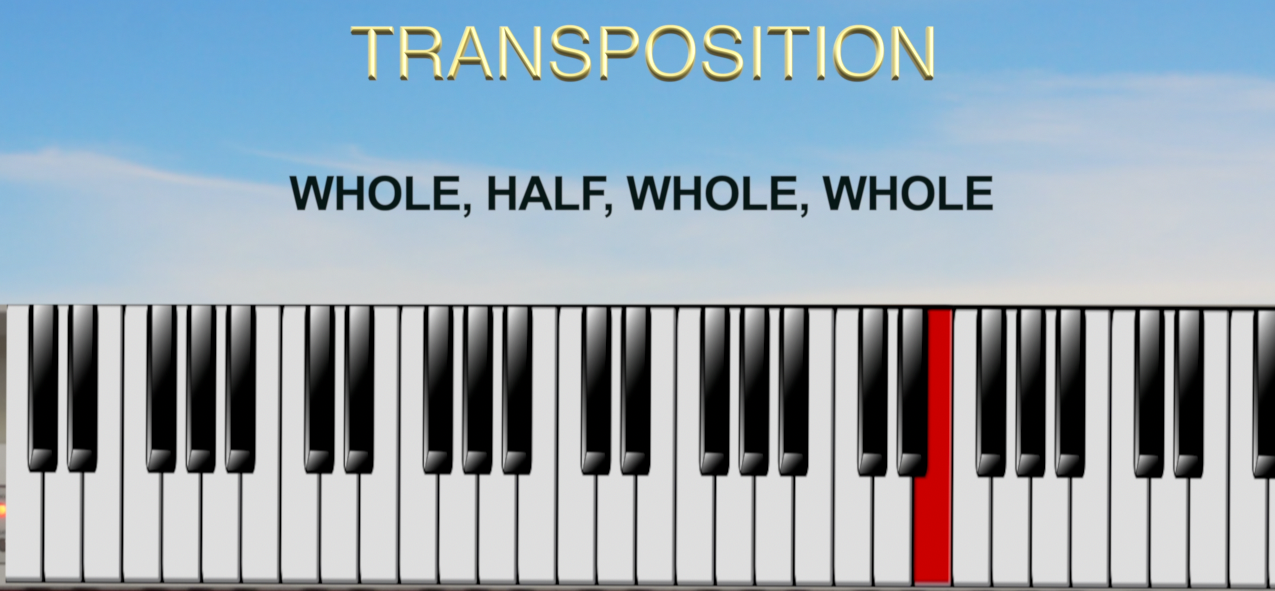
Why Transposition Matters?
In the previous lesson I gave you a homework assignment to find the relative minor scales of all the major scales and to write the spellings of the tones of each scale. So here are your answers, you can also download this image below the video. Make sure to check yourself of any errors and correct them.
Now, why do we need to learn all these scales? And later intervals and chords and everything? Well to be able to express yourself and improvize and compose music in realtime it’s crucial. There are two types of musicians: Those who learn where to press on their instrument so they can play their favourite song and then there’re others who understand scales, intervals, chords, harmony and they are able to improvise in any given situation, wether they play in a band or solo or they want to compose. In this course, we are striving for that other type of musician. But of course it takes some work and practice. There’s no shortcut for this.
These scales on the spreadsheet mean nothing unless you put them into practice by playing. In order to do that we will dive into the topic of “transposition” which is the title of this lesson.
Transposition in music refers to the process of shifting a musical piece to a different pitch level while maintaining the same tone relationships between the notes.
For example, let’s take our last exercise that we played and transpose it. The right hand started in the key of A-minor up and down and then we did a whole step down and continued in G-minor. And the left hand started with the first tone in the key of A-minor then the fifth tone and then the first tone up an octave.
Now let’s transpose this exercise in the key of B-minor. Lets start with the left hand. First tone of B-minor. Now how do we find the fifth tone? By counting five scale-tones using the formula of whole steps and half steps which you can download in the video description…whole, half, whole, whole. Ande then B again. Now the right hand, whole, half……(now play the exercise).
Ok, next let’s transpose it in the key of E-minor. E…whole, half, whole, whole. Right hand, whole, half, whole, whole, half, whole, whole.
Now for homework assignment I would like you to transpose and practice all the remaning keys which we didn’t transpose in this video. You will find the list of them in the download section of the video. With this I will end today’s lesson. See you tomorrow.
Relative Minor Scales
Homework Keys
Formula of Steps for Major scales and Minor scales